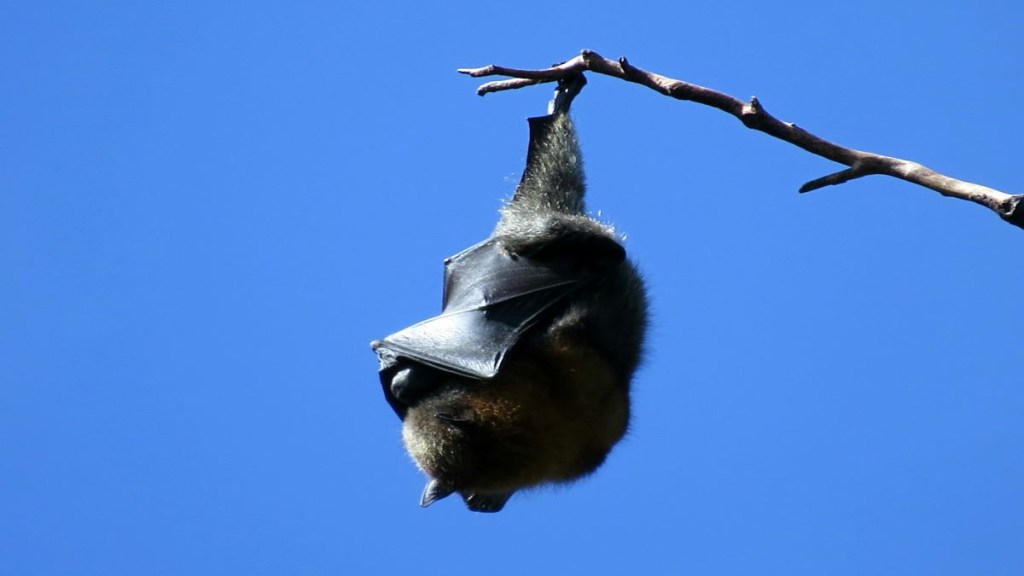A new study has revealed more than 1,000 human infant deaths after a decline in the bat population in North America. The study highlights how crucial bats are for the proper functioning of biodiversity and even human health.
The study analysed a phenomenon in 2006 when people witnessed bats in New York’s Howe Cave that had a peculiar, fuzzy white substance growing on their snouts. This was the first time that white-nose syndrome was witnessed which adversely affected the bat populations across the United States.
Bats have gained a bad reputation as being something to fear, especially after reports of a possible linkage with the origins [of] COVID-19,” says the study’s author Eyal Frank, an ecological economist at the University of Chicago, as quoted by Science Alert.
Frank also revealed that bats act as a natural pesticides, and this study shows that how their decline can be harmful to humans. White-nose syndrome (WNS) is caused by the fungus Pseudogymnoascus destructans, which grows around the bats’ mouths, noses, and ears.
Frank and his team used quasi-experimental, observational methods to explore how, in the wake of a mass die-off of bats due to WNS, pesticide use increased along with infant mortality.
The decline in bat population led to increase in the number of pests in crops, which forced farmers to turn to chemical solutions to protect crops. While conducting the study, Frank addressed both the economic and health costs of this shift, comparing the impacts of pesticide use in counties where WNS caused massive deaths of bats, with seemingly unaffected counties.
“This demonstrates the substitution between a declining natural input and a human-made input – providing the first empirical validation of a fundamental theoretical prediction in environmental economics,” Frank writes.
He estimates the combined cost to farmers in communities affected by bat die-offs was US$26.9 billion between 2006 and 2017.
“When bats are no longer there to do their job in controlling insects, the costs to society are very large – but the cost of conserving bat populations is likely smaller. More broadly, this study shows that wildlife adds value to society, and we need to better understand that value in order to inform policies to protect them,” he said.
This research is published in Science journal.

